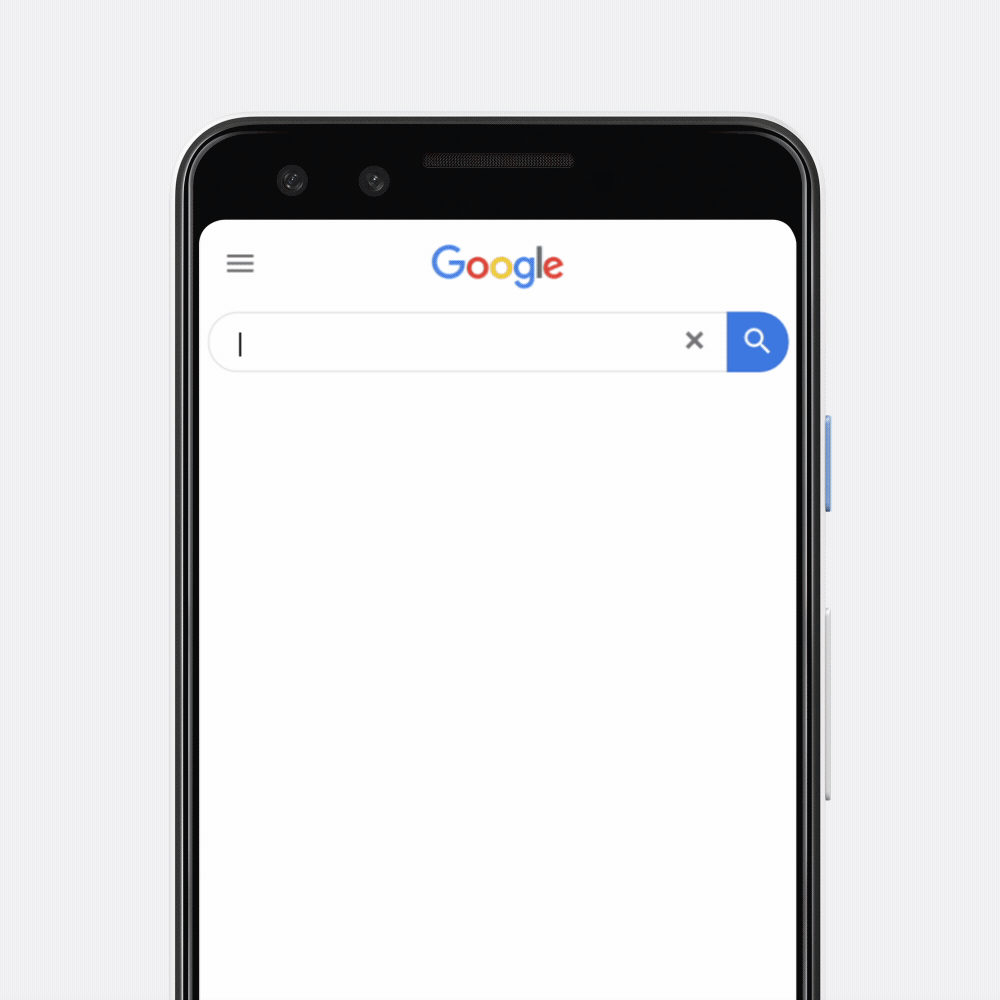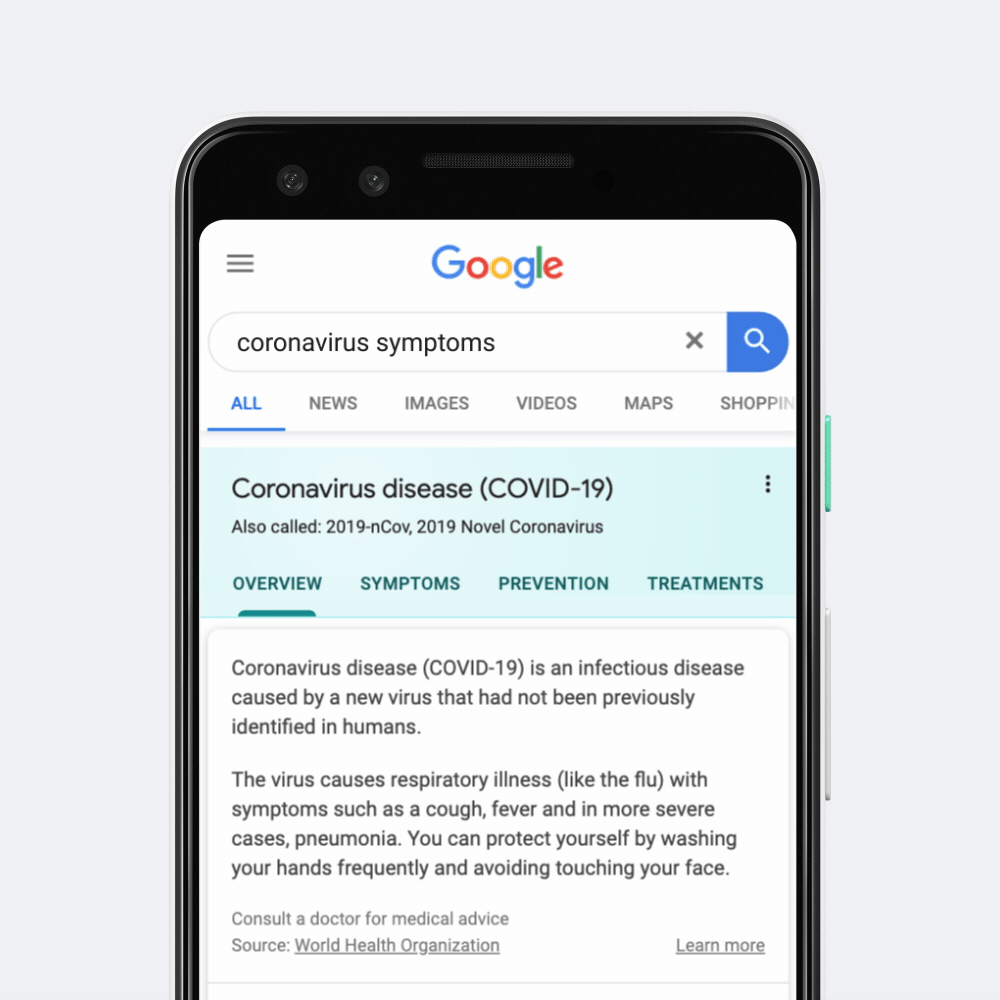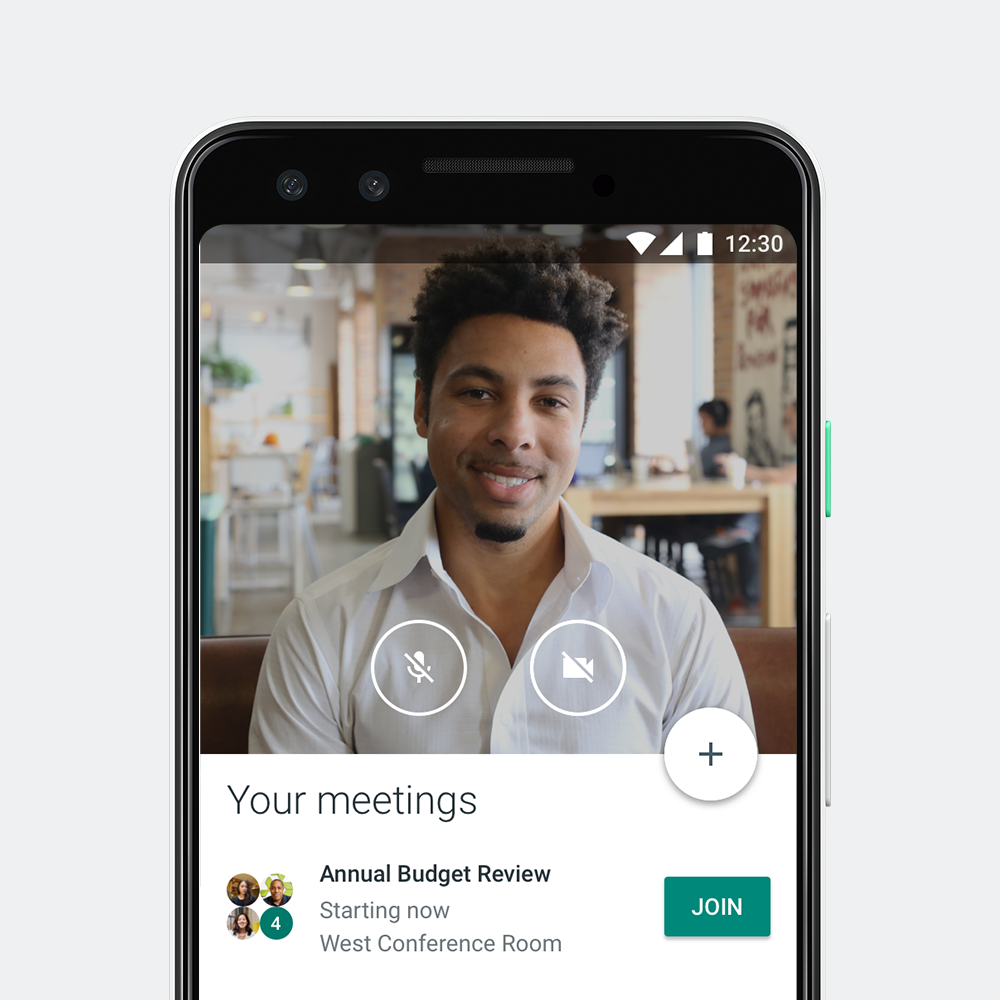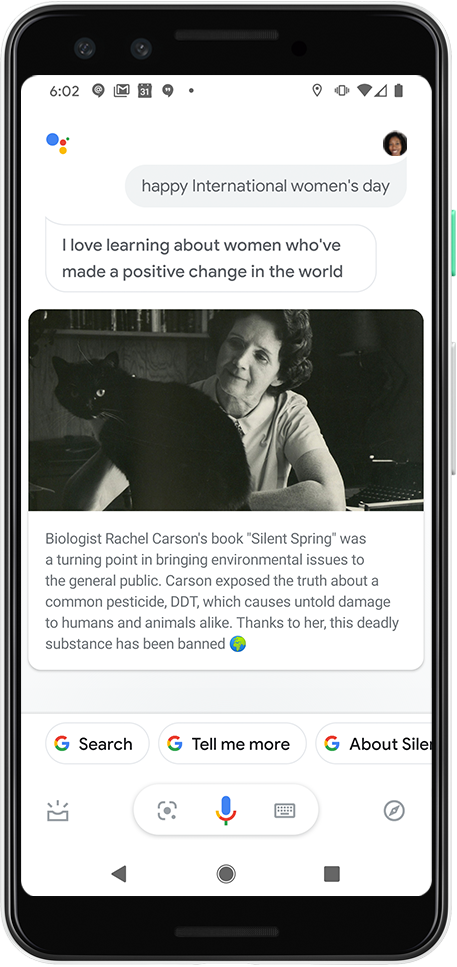Blog en inglés aquí.
Tenga en cuenta que la siguiente información se basa en una nota enviada a todos los empleados hoy de parte de Sundar.
A medida que COVID-19 se abre paso en todo el mundo, está afectando a nuestras comunidades de diferentes maneras. Muchos en Europa y América están hasta ahora experimentando lo que las personas en Asia han estado enfrentando durante semanas.
Hemos establecido un equipo de respuesta a incidentes las 24 horas del día para estar alineados con la Organización Mundial de la Salud, y los líderes de Google se están reuniendo diariamente para tomar decisiones críticas sobre nuestras oficinas a nivel mundial.
Al hacerlo, sopesamos una serie de factores basados en la ciencia, incluida la orientación de los departamentos de salud locales, las evaluaciones de transmisión comunitaria y nuestra capacidad para continuar el trabajo esencial y proveer los productos y servicios en los que las personas confían. También estamos creando resiliencia en nuestras operaciones, y en nuestros productos, probando nuestra propia capacidad para trabajar de forma remota. Y también es importante pensar en cómo podemos ayudar a nuestras comunidades locales en la medida en que hacemos estos cambios.
En algunas de nuestras oficinas, nuestros empleados están trabajando desde sus hogares para garantizar la continuidad del negocio, mientras que en otras siguen funcionando normalmente. A medida que hacemos estos cambios, nos hemos asegurado de que los proveedores de servicios que forman parte de nuestra fuerza laboral extendida que se ven afectados por horarios de trabajo reducidos sean compensados por el tiempo que habrían trabajado.
Este es un momento sin precedentes. Es importante que lo abordemos con un sentido de calma y responsabilidad, pues tenemos muchas personas que cuentan con nosotros.
Todos los días, las personas recurren a los productos de Google para obtener ayuda: para acceder a información importante; mantenerse productivo mientras trabajan y aprenden de forma remota; mantenerse conectado con las personas cercanas en todas las geografías; o simplemente relajarse con un excelente video o música al final de un día largo.
A continuación, quiero compartir algunos ejemplos de lo que estamos haciendo para ayudar. En la medida en que la situación del coronavirus continúe evolucionando, estaremos pensando en más formas en que podemos ser útiles para todos nuestros usuarios, socios, clientes y comunidades.
Mientras tanto, continúen cuidándose a sí mismos y a los demás.
Ayudando a las personas a encontrar información útil
Las personas continúan acudiendo a Google para buscar información sobre vacunas, avisos de viajes y consejos de prevención (por ejemplo, las consultas de búsqueda para "consejos de limpieza de coronavirus" aumentaron más del 1,700 por ciento durante la última semana en los Estados Unidos). Nuestra Alerta SOS en la Búsqueda conecta a las personas con las últimas noticias, además de ofrecer consejos de seguridad y enlaces a información autorizada de la Organización Mundial de la Salud (OMS).
Para las personas que buscan específicamente información sobre los síntomas, la prevención o los tratamientos, estamos trabajando para expandir nuestros paneles de conocimiento sobre condiciones de salud para incluir un panel COVID-19.
En YouTube, usaremos la página de inicio para dirigir a los usuarios a la OMS u otras organizaciones autorizadas localmente relevantes y donaremos inventarios de anuncios a gobiernos y ONG en las regiones afectadas para uso de educación e información. Google Maps continúa mostrando información local útil y confiable.
Proteger a las personas de la desinformación
Nuestro equipo de Trust & Safety (Confianza y Seguridad) ha estado trabajando durante todo el día y en todo el mundo para proteger a nuestros usuarios de phishing, teorías de conspiración, malware y desinformación, y estamos constantemente en búsqueda de nuevas amenazas. En YouTube, estamos trabajando para eliminar rápidamente cualquier contenido que pretenda prevenir el coronavirus en lugar de buscar tratamiento médico. En Google Ads, estamos bloqueando todos los anuncios que se aprovechan del coronavirus, y hemos bloqueado decenas de miles de anuncios en las últimas seis semanas. También estamos ayudando a la OMS y las organizaciones gubernamentales a publicar anuncios de PSA. Google Play también prohíbe a los desarrolladores capitalizar eventos confidenciales, y nuestras pólizas de contenido prohíben estrictamente las aplicaciones que presentan contenido o funcionalidades médicas o relacionadas con la salud que son engañosas o potencialmente dañinas.
Haciendo posible la productividad para trabajadores remotos y estudiantes
Empleados, educadores y estudiantes están utilizando productos como Gmail, Calendar, Drive, Classroom, Hangouts Meet y Hangouts Chat, así como G Suite for Education, para ser productivos mientras trabajan y aprenden de forma remota, incluidos cientos de miles de estudiantes en Hong Kong y Vietnam, donde las escuelas han sido cerradas. A partir de esta semana, implementamos acceso gratuito a nuestras capacidades avanzadas de videoconferencia de Hangouts Meet para todos los clientes de G Suite y G Suite for Education a nivel mundial hasta el 1 de julio de 2020. También estamos agregando recursos para poder apoyar una mayor demanda de transmisión pública en vivo en YouTube. Hemos visto un mayor interés en las regiones afectadas a medida que las personas buscan conectarse virtualmente con sus comunidades cuando no pueden hacerlo en persona.Apoyando los esfuerzos de ayuda y las organizaciones gubernamentales
Estamos proporcionando $25 millones de dólares en créditos publicitarios donados a la OMS y agencias gubernamentales, y proporcionaremos más si es necesario durante todo el año. Google.org y Googlers han donado más de $1 millón de dólares para apoyar los esfuerzos de ayuda, que se destinarán a organizaciones que trabajan para comprar suministros médicos, proporcionar alimentos y alojamiento a los trabajadores de primera línea, apoyar la construcción de hospitales temporales y ayudar con los esfuerzos de recuperación a largo plazo. Google Cloud continúa trabajando con los gobiernos federales, estatales y locales para ayudarlos a conectarse con los ciudadanos y los viajeros que regresan de las regiones afectadas. Por ejemplo, en Singapur, Google Cloud trabajó con el gobierno para implementar un bot de chat en su sitio web que ayuda a responder las preguntas más comunes de los ciudadanos. También estamos trabajando con gobiernos de todo el mundo para ayudarlos a promover información pública autorizada sobre COVID-19 a través de nuestro programa de ayuda en caso de crisis de Google Ad Grants.Avanzando en la investigación y la ciencia de la salud
DeepMind utilizó la última versión de su sistema AlphaFold (basándose en el trabajo de plegamiento de proteínas que apareció en Nature en enero) para publicar predicciones de la estructura de varias proteínas asociadas con el SARS-CoV-2, el virus que causa COVID-19. Estas predicciones de estructura aún no se han verificado experimentalmente, pero la esperanza es que al acelerar su liberación puedan contribuir a la comprensión de la comunidad científica de cómo funciona el virus y al trabajo experimental en el desarrollo de futuros tratamientos. Verily está desarrollando un pequeño parche de temperatura en el cuerpo que transmite datos a una aplicación de teléfono para proporcionar una notificación oportuna de fiebre y respaldar el diagnóstico y el tratamiento tempranos de una infección viral como la gripe o el coronavirus. Esto podría ser especialmente útil en poblaciones de edad avanzada, donde las infecciones virales tienen tasas más altas de morbilidad y mortalidad.










